Polestar releases comprehensive update for the Polestar 2
Polestar gives its Polestar 2 a comprehensive update for the new model year, including new engines and more powerful batteries. The single-motor variants are now rear-wheel drive, analogous to the electric drive system update for the Volvo models XC40 and C40 – but with more power in the Polestar than in the Volvos.
++ This article has been updated. Kindly continue reading below. ++
In terms of technical data, Polestar deviates somewhat from the Volvo models with a maximum of 185 kW in the single-motor model. The new permanent magnet motor in the Polestar 2 has an output of up to 220 kW – previously it was 165 or 170 kW in the single-motor variants with front-wheel drive, depending on the battery. In addition, the maximum torque increases from 330 to 490 Nm. The power output of the dual-motor variant also increases thanks to a rebalanced driveline. The new rear engine is the primary drive source and is supported on the front axle by a new asynchronous motor. This allows for a higher total system output of 310 kW, up from the original 300 kW. With the optional Performance Package, however, it remains at 350 kW. In addition to new e-motors, more up-to-date inverters are also installed.
As Joakim Rydholm, Head of Chassis Development at Polestar, indicates, the torque distribution ratio between the front and rear axles has also been recalibrated for the dual-motor variants (with now 740 instead of 660 Nm of torque). Together with the switch to rear-wheel drive on the single-motor variants, the Polestar 2 is now said to be a “more playful and agile car” that “retains its compactness and sense of control while becoming more mature with greater comfort”.
There are also changes to the battery options: The long-range variants now feature 82-kWh batteries from CATL with 27 modules. The battery for the standard range versions still has a capacity of 69 kWh with 24 modules and is now supplied by LGES. Previously, it was the other way around: the large battery with 78 kWh was equipped with LG cells, the smaller battery option (64 kWh) was based on CATL cells.
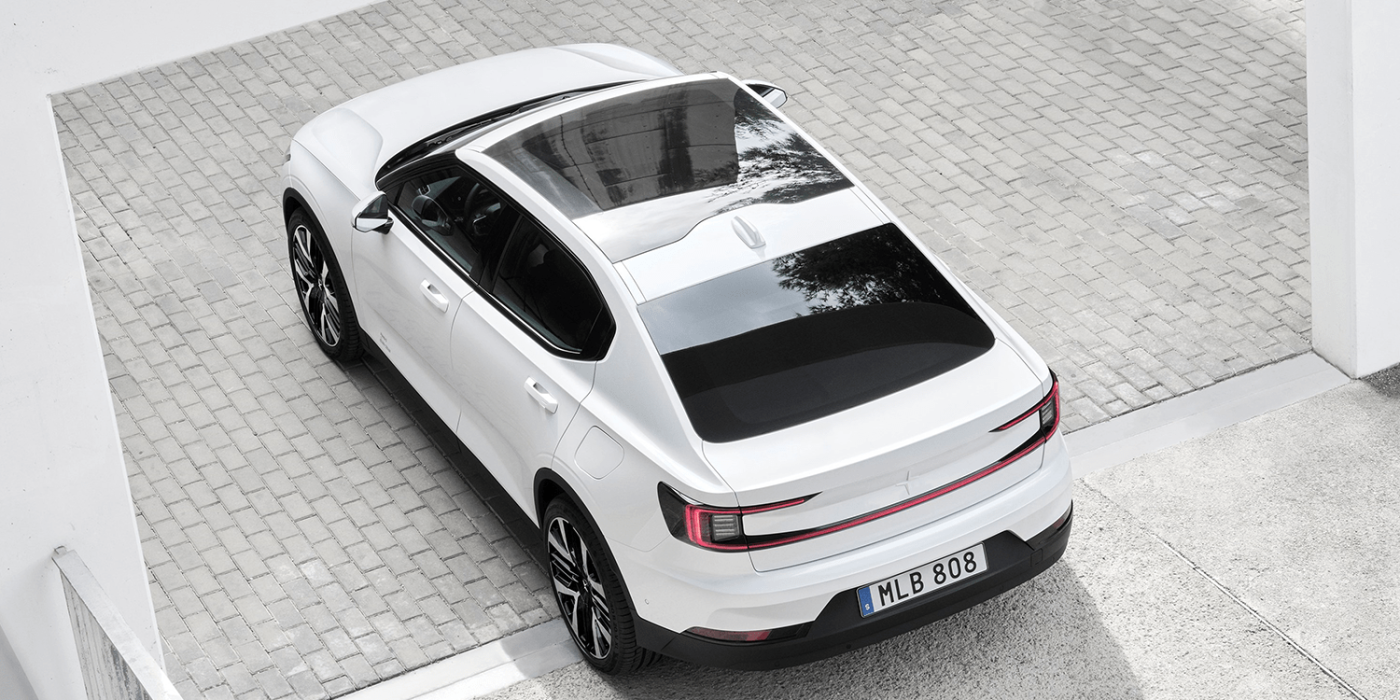
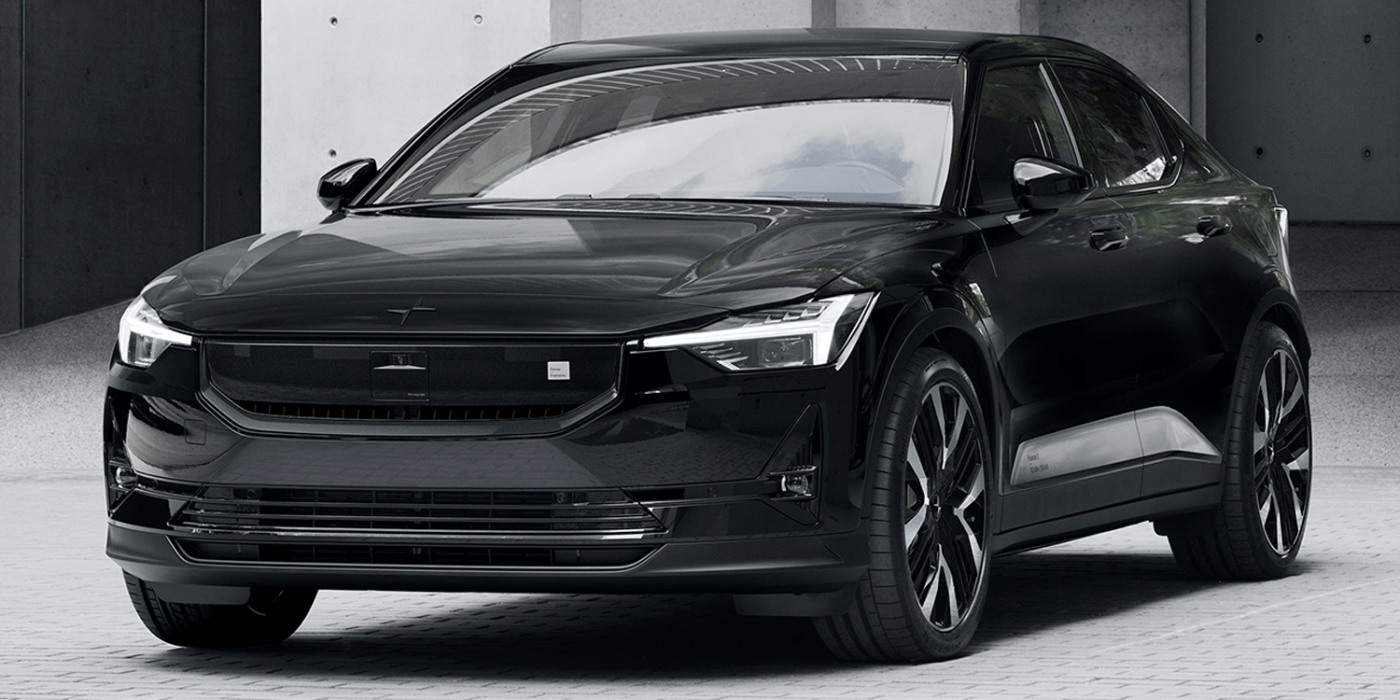
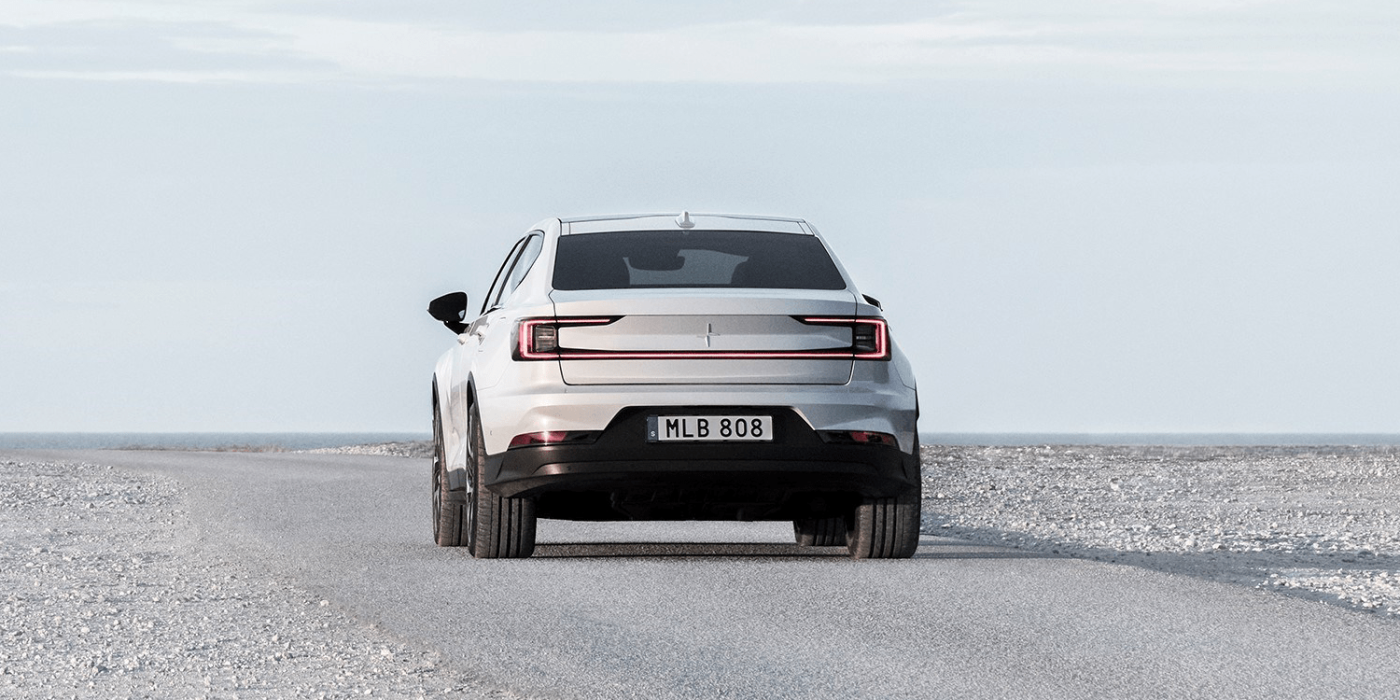
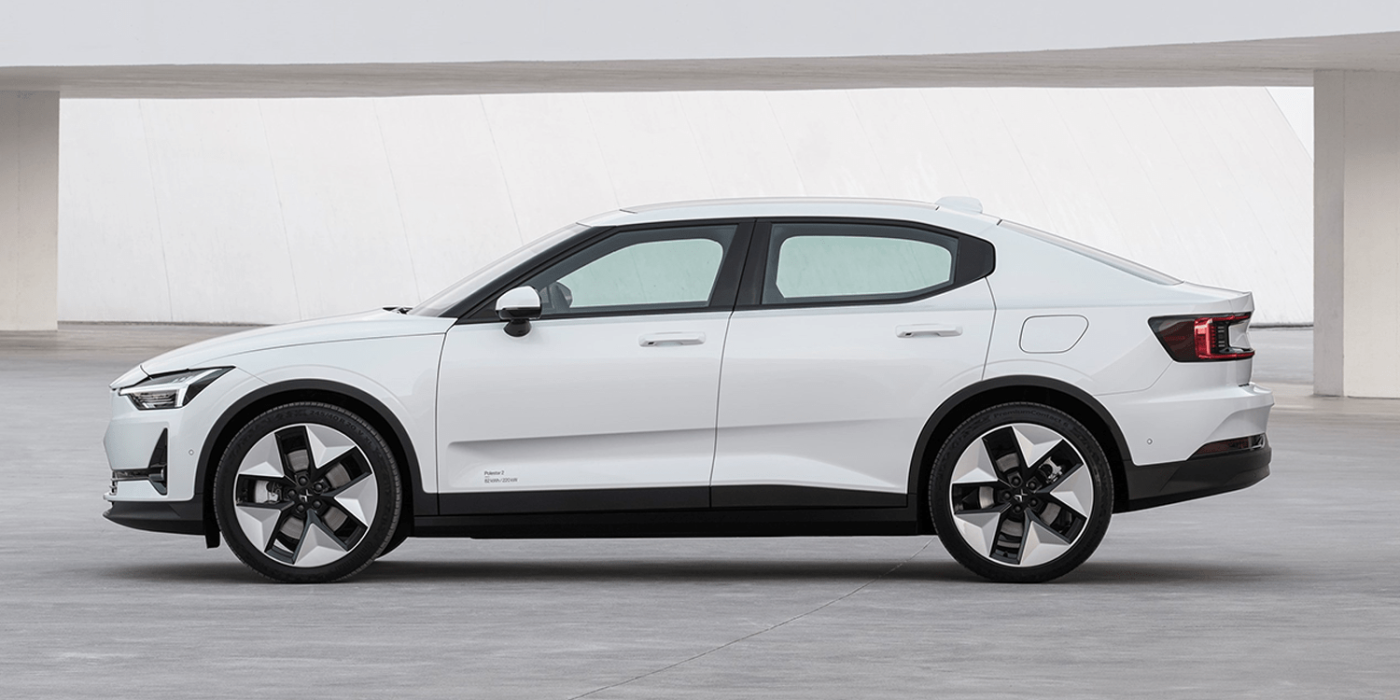
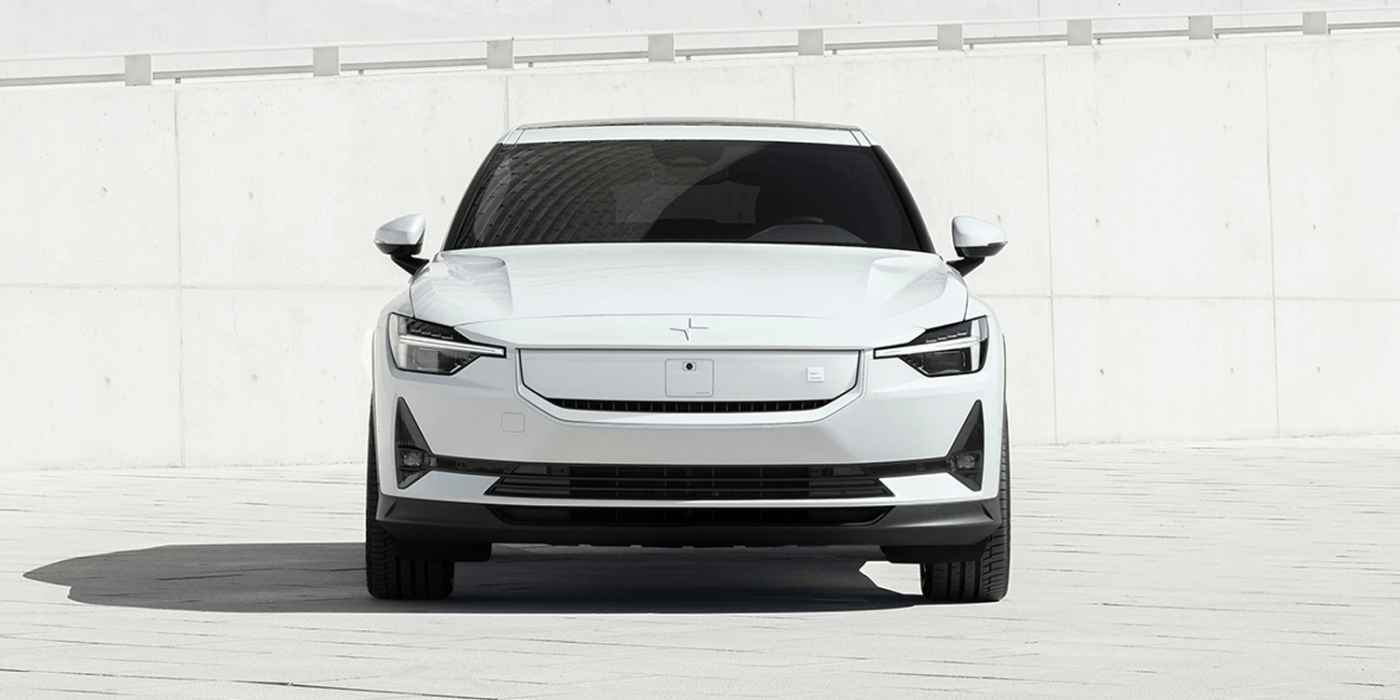
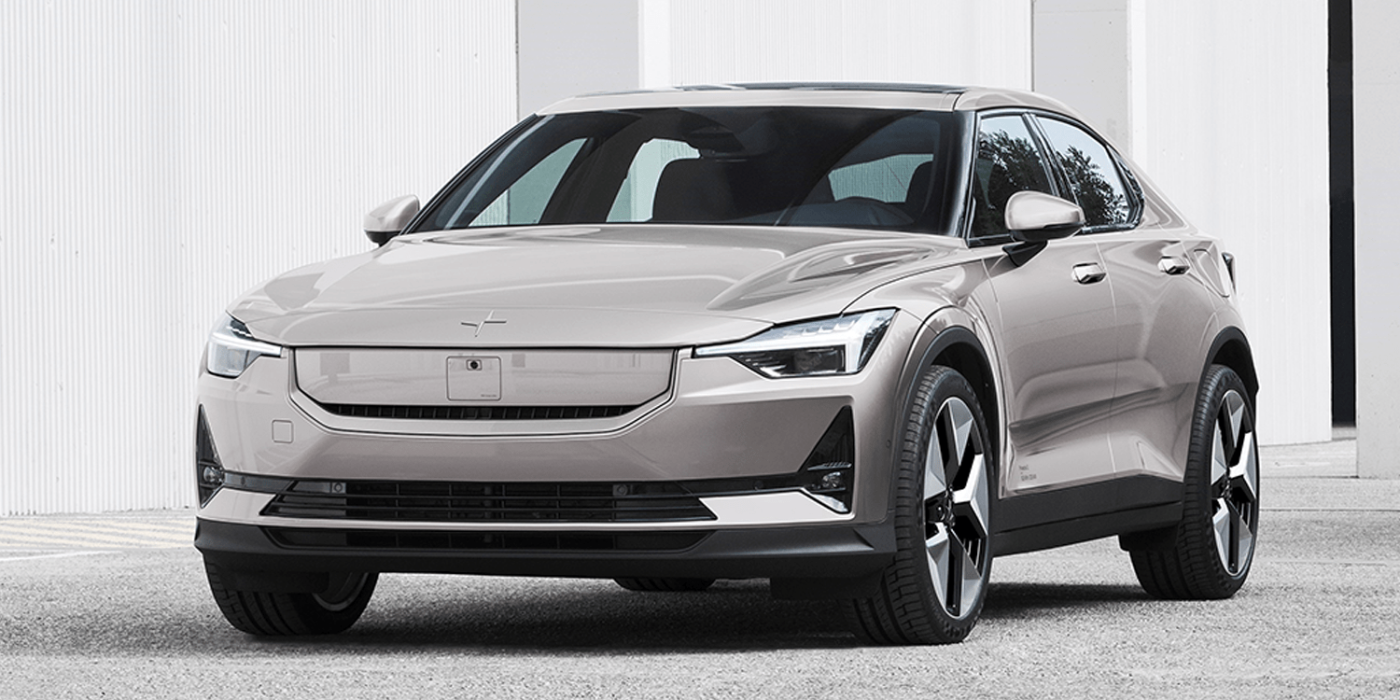
With the larger batteries and the more efficient drive layout, the range figures according to WLTP also increase. Even the basic variant called Standard Range Single Motor now reaches up to 518 kilometres, an increase of 40 kilometres. The most powerful model, the Long Range Dual Motor with Performance Package, reaches 592 kilometres according to the preliminary figures – since the ASM on the front axle can simply be switched off, the all-wheel drive model could increase by a whopping 105 kilometres compared to the previous PSM on the front axle. The model with the longest range is the rear-wheel-drive Long Range Single Motor, which can travel up to 635 kilometres (+84 kilometres). However, all the values are only WLTP results. Real ranges can only be determined in road tests.
The larger batteries can now also be charged faster. For CATL’s new long-range battery, Polestar specifies up to 205 kW, which is the maximum for a 400-volt system at the current CCS charging stations. It is not yet known how long this level can be maintained above 200 kW – but it is certainly an increase over the previous maximum of 150 kW. The standard range battery should be able to be charged with up to 135 kW at its peak, compared to 115 kW so far. Polestar does not mention the charging times for the standard charging process from ten to 80 percent in the announcement.
After the small update for the 2023 model year with new rims and paint options, there is now a major change to the design of the Polestar 2 for the first time: the front grille, previously in black with the suggested pattern of a traditional radiator grille, is replaced by a so-called “Smart Zone” in body colour. This element was introduced on the Polestar 3 electric SUV and houses some of the vehicle’s key active safety features, including the front camera and mid-range radar. Visually, it gives the vehicle a different feel.
There are also some changes to the standard equipment. Driver assistance systems such as Blind Spot Information System (BLIS) with Steering Assist, Cross Traffic Alert with Brake Assist and Rear Collision Warning and Mitigation, as well as the 360-degree Surround View Camera and auto-dimming exterior mirrors are now standard. Wireless charging for mobile phones is also now standard on all variants.
The 2024 Polestar 2 is available to order in European markets now, while other markets will follow later. The first deliveries are expected in the third quarter of 2023. The revised Polestar 2 is available from 50,190 euros.
“Typically in the car industry, a facelift introduces superficial visual changes that often destroy the original intention of the car’s design theme,” says Polestar CEO Thomas Ingenlath. “With the new model year Polestar 2, we rather went below the surface and upgraded substantial tech and mechanical components of the electric drivetrain. This is the best Polestar 2 yet, and with the updated front design with the new SmartZone, the best looking one, too.”
Update 14 June 2023
Polestar has announced a starting MSRP of $49,900 for the new updated 2024 Polestar 2 in the USA, which will begin customer deliveries in August 2023. The more powerful Long range, Dual motor variant starts at $55,300 and features an improved power performance at 310 kW, compared to the single-motor’s 220 kW. The price for this is not only monetary, however, as the range goes down from 320 miles on the single-motor to 276 miles for the dual. Both the single-motor and dual-motor variants feature more range than the previous version, due to new a new drive system, enhanced performance and increased standard equipment. In addition, the Polestar 2 is eligible for the IRA Clean Vehicle credit of $7,500 on lease transactions.




0 Comments